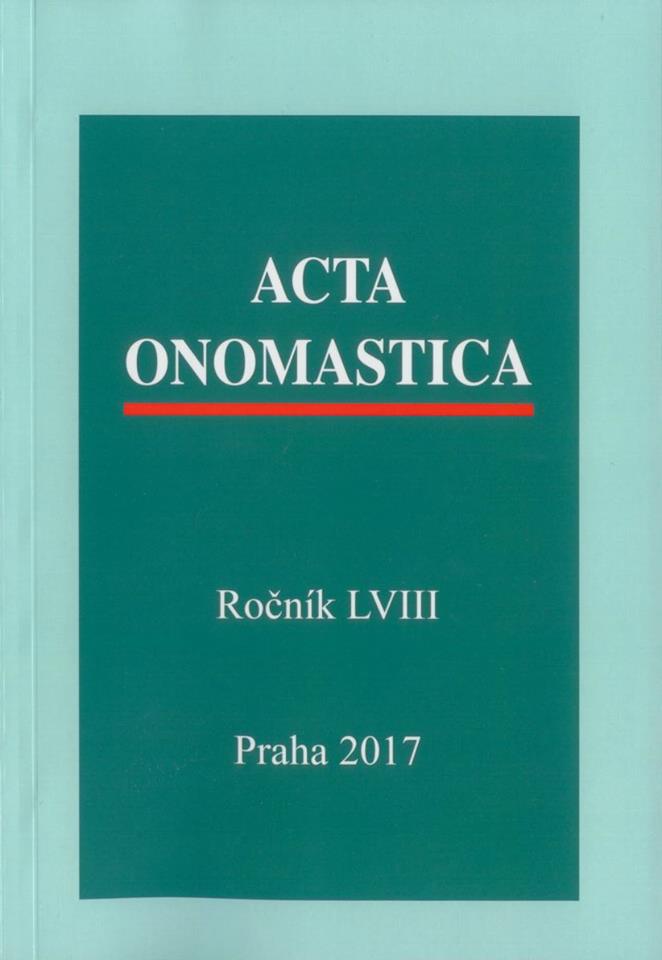Basque toponymy in the New World
Basque toponymy in the New World
Author(s): Olga Chesnokova, Ksenia Bolotina, Pedro Leonardo Talavera-IbarraSubject(s): Language and Literature Studies
Published by: AV ČR - Akademie věd České republiky - Ústav pro jazyk český
Keywords: place names; toponymy; Basque language; Euskara; topoformative elements; linguistic contacts; Basque toponymic allusion
Summary/Abstract: In this article, the authors examine and systematise the Basque toponymy present on maps of the United States, Canada, and Latin America. Approximately 50 place names cited in this paper were selected owing to their lingua-cultural, geographical, associative, and commemorative significance. The methodology for such a study has included historic, linguistic, and semiotic analysis, which discovers the Basque toponymy as a singular phenomenon in time and space. As many modern studies (e.g., Loewen, Bakker, Igartua, Zabaltza) concern the Basque language’s history, it is crucial to analyse the Basque influence on other languages and cultures and Basque toponymy based on the Basque language’s contacts with other languages and cultures. By investigating Basque toponymy from beyond the original places of Basque residence, the fascinating historical evolution of the Basque language and its community is revealed. For instance, calque toponyms, toponymic allusions and anthropotoponyms that memorialise the Basques can be found in the toponymic heritage of the New World. Moreover, Basque place names in the New World feature a plane of expression that coincides with the lexical units underlying them, in addition to another plane that has been transformed through linguistic contact with dominant languages. Basque toponymic allusions can be explicit or implicit; in most cases, however, they are anthropotoponyms that can be identified through Basque onomastic models of family names. Hence, the systematisation of Basque toponymy in the New World is an interesting and creative undertaking for modern onomastics and general/applied linguistics, as well as a stepping stone toward the creation of a typology that reflects diverse types of Basque onomastic heritages.
Journal: Acta Onomastica
- Issue Year: LVIII/2017
- Issue No: 58
- Page Range: 53-62
- Page Count: 10
- Language: English

